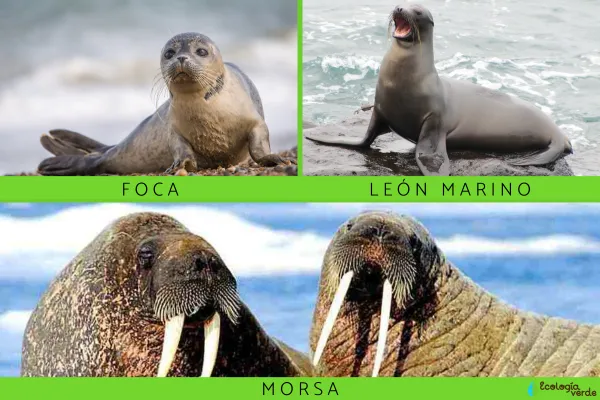
Seals, sea lions, and walruses are all carnivorous marine mammals that belong to the superfamily Pinnipedia. Because they share many physical traits and behaviors, people often confuse them. However, each belongs to a different family:Otariidae (Sea lions and fur seals)Phocidae (True seals)Odobenida...
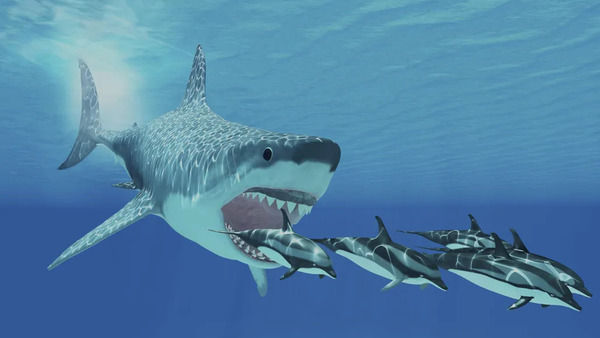
The world is home to an incredible array of animals, some of which inspire awe and fascination, while others provoke fear and anxiety. But what exactly is the most feared animal in the world? The answer to this question is not straightforward, as fear is subjective and can be influenced by personal...

Lions are often called the "Kings of the Jungle," but have you ever wondered just how powerful their bite is? Their jaws are not just for show—they pack an incredible punch, making them one of the most fearsome predators in the wild. This article dives deep into the fascinating world of l...
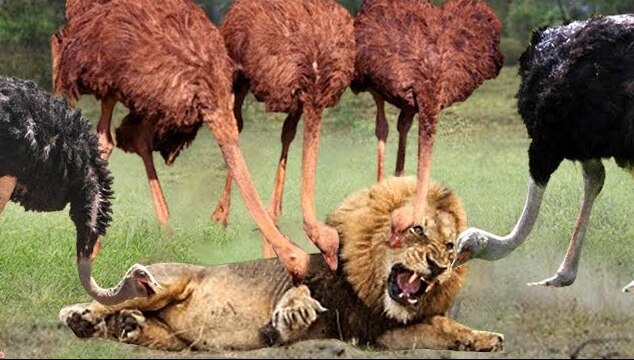
When imagining the animal kingdom's many battles, an emu going head-to-head with a lion might seem like a peculiar scenario. These two animals live in completely different environments, yet the idea of their confrontation stirs curiosity. Could a flightless bird like the emu ever stand a chance...
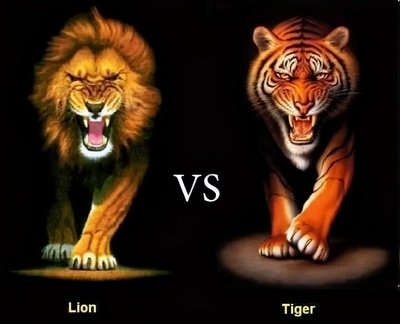
For centuries, humans have been fascinated by lions and tigers, the two most iconic big cats on the planet. Each represents power, grace, and fearsome strength, but which of these majestic predators is truly the "King of the Beasts"? This question has sparked countless debates among wildli...
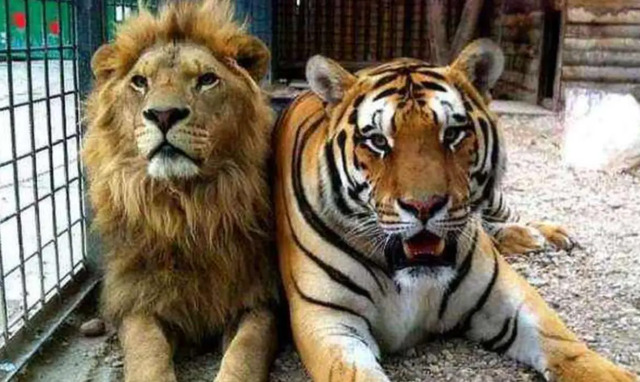
IntroductionThe idea of animals preying on humans or the existence of cannibal tribes often stirs fear and fascination in equal measure. While the media often exaggerates these topics, it is crucial to separate myths from reality. In this article, we will explore animals known to attack or eat human...
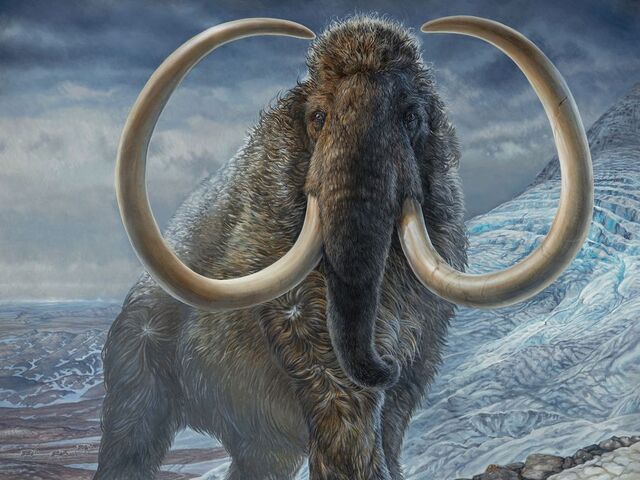
The Ice Age, or Pleistocene Epoch, was a period that lasted from about 2.6 million to 11,700 years ago. It was characterized by repeated glaciations and freezing temperatures, which created unique and challenging environments for the animals that lived during this time. From massive megafauna like t...
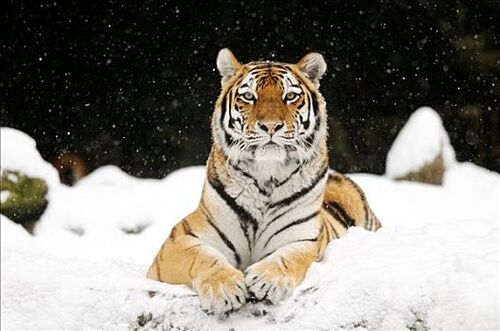
In nature, the food chain is an important part of the ecosystem. The animals at the top of the food chain are called top predators. They have no natural enemies and control the balance of the entire ecosystem. This article will take a deep look at which animals are at the top of the food chain and d...
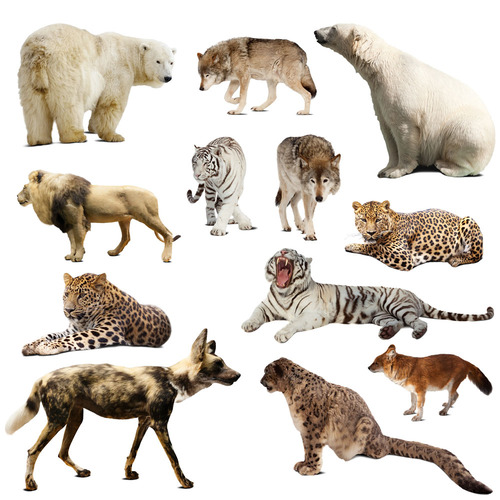
The Earth is a planet full of life, among which wild animals constitute the core part of biodiversity. Wild animals refer to those animals that have not been domesticated by humans and rely on the natural environment to survive and reproduce. Understanding the types and proportions of wild animals n...
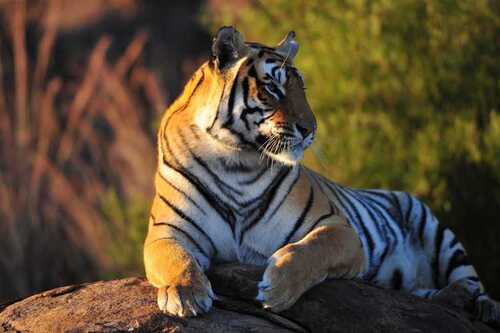
What is the King of the Jungle?In nature, the term "king of the jungle" is often used to describe predators at the top of the food chain. The king of the jungle is the most dominant creature in a rich and diverse jungle environment that is home to a variety of animals, plants, and microorg...
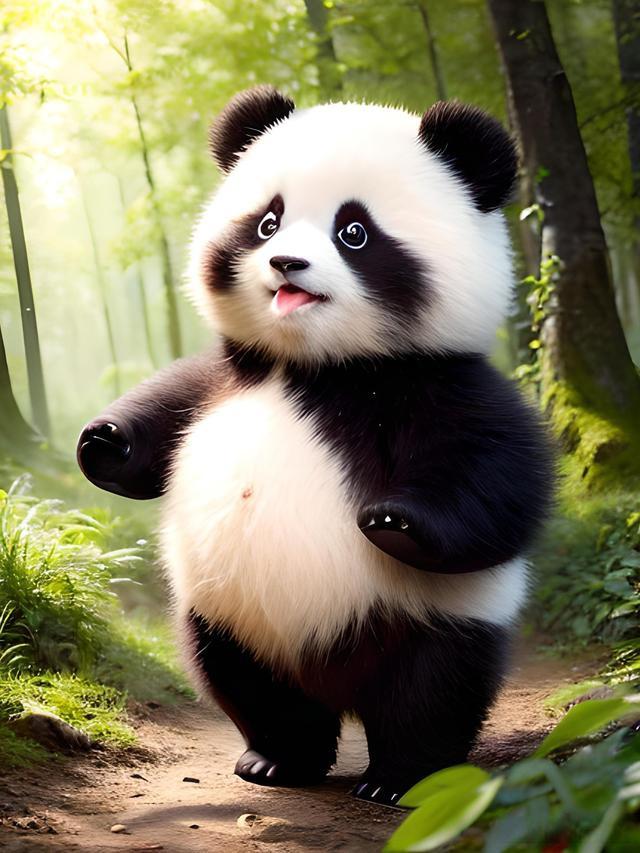
The following is a list of some countries and their national animals, these animals represent the culture, history and natural environment of each country and are often regarded as national symbols.List of national animals of various countriesCountryNational animalSymbolic meaningUnited StatesBald E...

Marine animals that humans should not touch: Deadly and dangerous things in the oceanThe ocean is one of the most mysterious environments on Earth, home to countless strange and beautiful creatures. However, not all marine creatures are safe to touch. Some animals may seem harmless, but they have po...
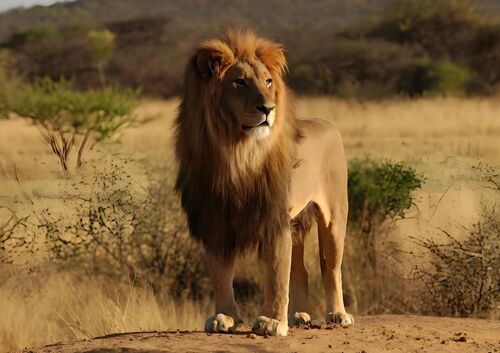
Which animals have hunting partners? Uncovering cooperative hunting in the animal worldIn nature, cooperative hunting is a strategy chosen by some animals to increase their hunting success rate. Unlike predators that act alone, cooperative hunting usually requires a high degree of coordination and t...
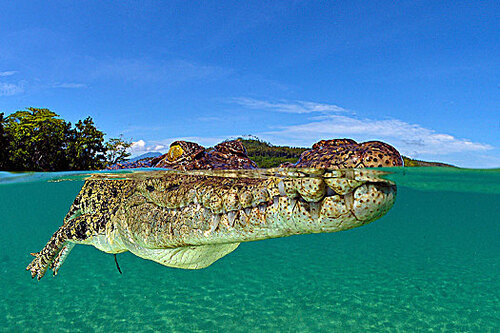
In nature, the strength of bite force is one of the key characteristics of animal survival, especially for predators, a strong bite force means better hunting ability and the advantage of protecting themselves. Bite force is usually measured in Newtons (N), which represents the force exerted when th...

In nature, many animals seem harmless, but they may be "murderers" that threaten human life. When we mention "animals that kill the most people", we usually think of large beasts, such as lions, tigers or sharks. However, the fact is that many animals that do not look dangerous a...
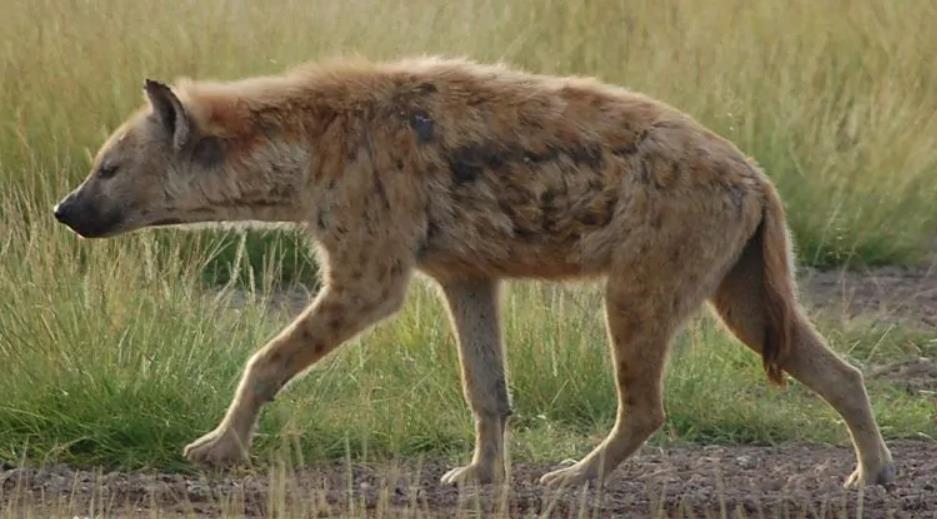
1、African elephantAfrican elephants are the largest land mammals, and males and females are dimorphic (both sexes differ in shape or physical characteristics). An adult African male elephant is taller than 3.5 meters, and can reach up to 4.1 meters. Weighing approximately 2.7 to 6 tons, females are...

A lion is a wild animal and is generally considered a very dangerous animal. Taming a lion requires specialized knowledge and skill and is not recommended or encouraged in most situations. However, here is a general introduction on how to tame a lion:General principles for taming a lion:Respect natu...

Lions (scientific name: Panthera leo) are mainly divided into two subspecies: Asian lions and African lions. Subspecies in different environments will show some specific characteristics, but in fact there is no generally accepted classification of lion species by the scientific community. Her...
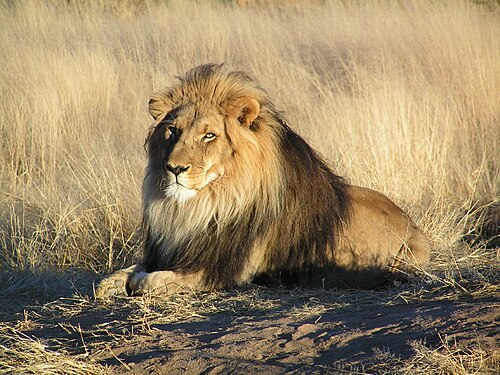
The lion (Panthera leo) is a large cat and is known as the "King of the Forest". It is the second largest living cat, after the tiger. Lions are primarily found in sub-Saharan Africa and small parts of Asia (such as the Gir Forest in India), although they once had a wider range, including Eur...
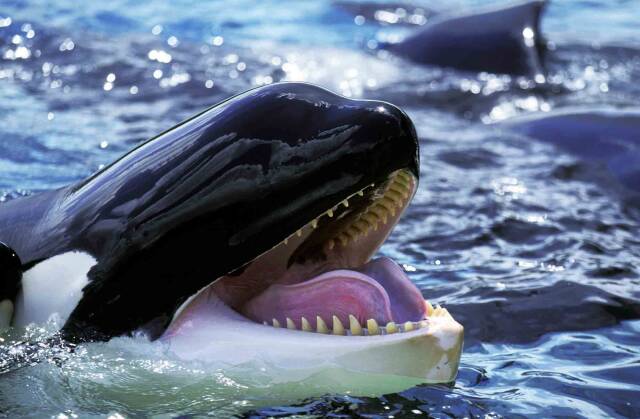
"Natural enemy" refers to another animal in nature that can hunt other animals and use it as its main food source. These animals often pose a serious threat to their prey and are therefore called "natural enemies". Natural enemies are an important component that exists in various ecosystems a...